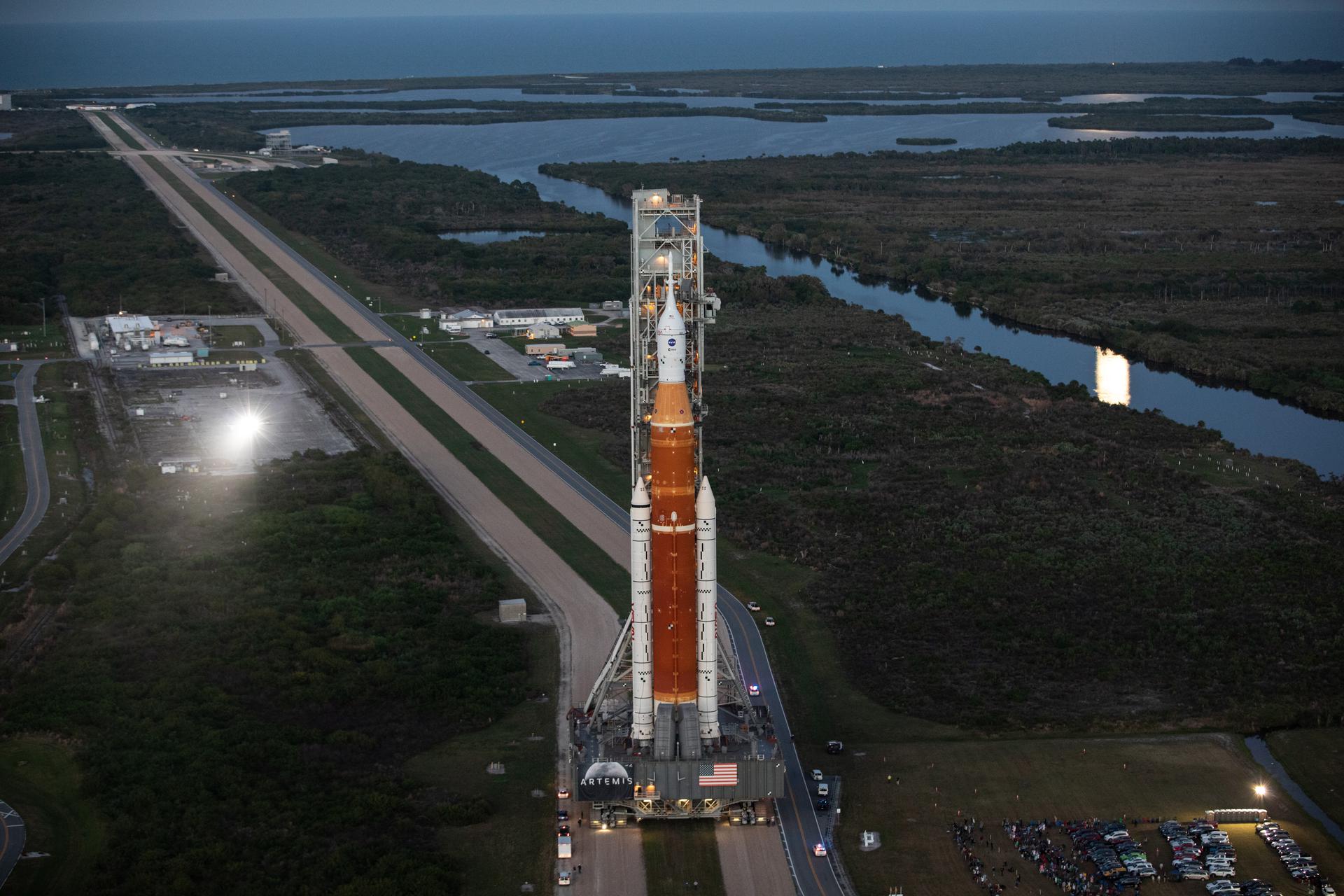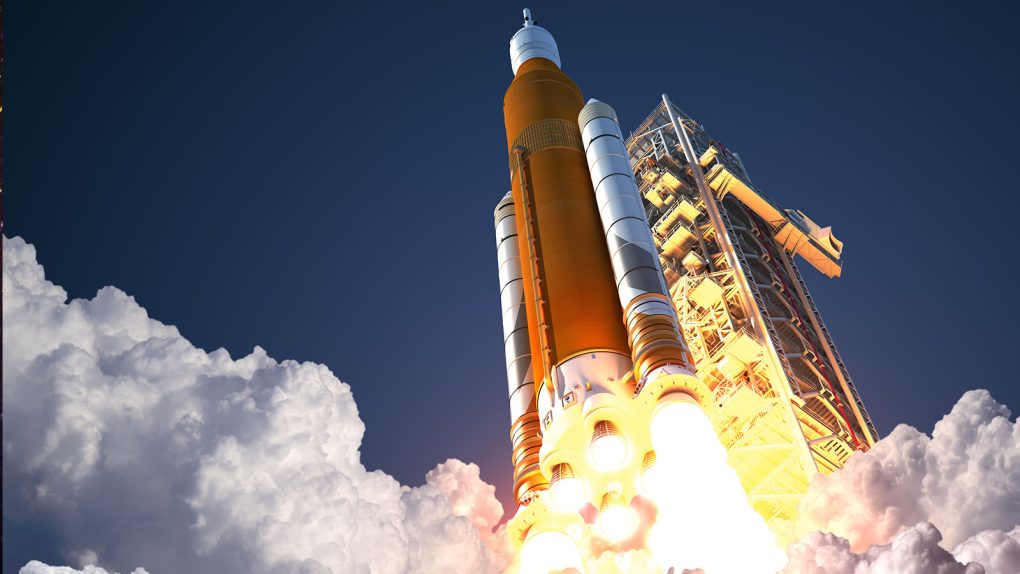NASA’s Artemis missions have officially kicked off a new era of space exploration. The space agency broadcast the entire event live on its NASA Live channel and has since uploaded a broadcast video for the entire Artemis I launch event on its YouTube channel.
NASA originally planned to complete the debut launch of its Space Launch System on Monday, August 19. The launch was grounded due to trouble with one of the engines. After that, NASA aimed to launch the rocket before the end of September. However, plans fell through, and NASA pushed the plans to send Artemis I flying toward the stars to November 14.
The Artemis I launch finally saw its completion on November 16, 2022, after several delays.
Rewatch the Artemis I launch on NASA TV
NASA hoped to launch the Artemis I mission on November 16, 2022, and the latest launch attempt was successful, with the rocket booster lifting off around 1:50 a.m. ET on Wednesday.
The launch of the first Artemis mission had seen multiple delays leading up to its successful attempt. Most recently, NASA had returned Artemis I to the Vehicle Assembly Building to help protect it from incoming rain and weather caused by Hurricane Ian. The rocket was officially moved back to the pad in the week prior to the latest launch attempt.
The launch of the second Artemis mission isn’t planned until 2024. However, NASA has yet to share any news of whether or not this particular mission being delayed so much could cause issues for future missions, too.
It’s a historic launch for the space agency, and one that will no doubt be long remembered for the new era of exploration it kicks off. You can watch a recording of the Artemis I launch on NASA TV, on NASA’s website, and on YouTube.

We reached out to former NASA Administrator Professor Sean O’Keefe to discuss the importance of the Artemis I launch and what it means for NASA and humanity.
“What makes Artemis unique is its versatility to be used to explore a range of potential destinations,” O’Keefe told BGR. “Over the decades since the end of the Apollo age, human expeditions have been localized to Low Earth Orbit to about 300 miles off the surface of the Earth and circumnavigating our planet much like thousands of satellites and other spacecraft have done.”
He continued, “Artemis opens a whole new range of opportunities to develop the lunar surface for potential outposts to explore resources that have been discovered as well as utilize assets we’ve known are on the Moon for new applications. In time, the capacity to assemble sustaining capabilities on the Moon presents new possibilities to launch from the lunar surface which is far simpler than from the Earth.”
After launch

After the Artemis I launch, the spacecraft will carry Orion and the rest of its payload into orbit. From there, Orion will enter what NASA calls a distant retrograde orbit of the Moon. This will carry the spacecraft 40,000 miles beyond the Moon. Its orbit will take it further than any spacecraft intended to carry humans has ever gone.
This entire mission will be a true test to see how well Orion can withstand prolonged exposure to space. If all goes successfully, then NASA plans to send humans up in the Orion capsule in 2024. That mission will follow a similar trajectory as this first. However, the third Artemis mission will hopefully see human boots back on the lunar surface. That mission is slated for late 2025.
NASA has a lot riding on a successful Artemis I launch, as it will act as a precursor for the space agency’s upcoming exploration missions. While the spacecraft makes its way toward the Moon, we’ll need to wait and see how the Orion capsule holds up to the elements of space. If successful, though, it will herald a new age of space exploration and discovery.








